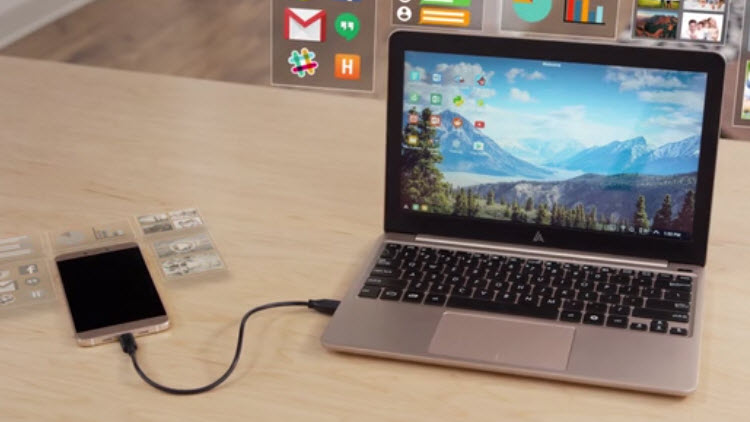The most important consumer device is now the smartphone, not the TV, and that means that there are lots of ways to exploit the investment of buyers. At CES, I saw a couple of examples of products that I’m sure have a real opportunity in the market, but are really missing the key price point.

For more than fifty years, consumers moving up to what economists call the ‘middle class’ (which means some level of disposable income after paying for the basics of food and shelter) have saved up and bought their first technology product – and that was a TV. Owning a TV was a key first product and a status symbol. However, this has now changed and the first product that consumers now buy once they have some cash is usually a smartphone. The smartphone has many more uses and benefits than a TV as it may enable business opportunities or help to find work as well as offering entertainment and communication.
So, the question should be, I think, “How can I exploit the opportunity that comes from the existing base of smartphones?”, especially if I was interested in increasing sales in MEA, India or South America or any other developing nation. One of the amazing things about modern smartphones, even at the entry level, is that they have a huge amount of processor power. However, the smartphone is lacking in the display size, keyboard and other input and connections needed for computing. So, it seems to me, there is a real opportunity to turn a smartphone into a computer.
Over the years, companies have developed systems that attach to a smartphone to exploit the processor. Asus made a tablet that effectively uses the smartphone as the brains of the tablet. Others have developed a class of products that look like a notebook, with a display, keyboard and battery and we have reported on this type of device (what is it called???) for several years. Korea Telecom had a product called a ‘notebook shell’ that went with the KT SpiderPad in 2011 and Acer showed such a device although it didn’t seem to develop much in terms of sales. The KT product was expensive and sold only small volumes.
Andromium Developing Superbook
There are start-ups looking at the opportunity and we have been watching the Andromium kickstarter project for some time (the project is, as is often the case on KickStarter, delayed at the moment). Andromium is an interesting solution because Android was not designed for a keyboard and mouse input system. So, the firm has developed a software shell for Android that is intended to make the OS more usable (and there is another from Remix OS that we have heard is good, although I haven’t tried it). I interviewed Andromium on video at MWC in 2015.
The development and adoption of USB Type C – which can deal with power, graphics and data over a single connector, makes this kind of product more likely to be used.
 Andromium’s Superbook
Andromium’s Superbook
However, there is a problem with a lot of the solutions so far developed, and that is pricing. I saw several of this kind of product from HP and others at the event, but the cheapest I saw was intended to cost $300 or, in one case, a lot more. The HP Elite X3 Lap Dock is available online at $599. $599??? Really??? For this price, I would expect a complete notebook. The Mirabook is another device, but it still lists at $299 and that seems too expensive to me for the developing world, although it might find a home in business applications in the West as it looks well made.
Over the years, I have heard from a number of monitor vendors that they have been planning to launch or have launched ‘smart monitors’ – that is to say desktop monitors that have a CPU of some kind to allow them to do some browsing or simple functions. However, none has succeeded in the market because, I believe, the pricing has been too close to full all-in-one or other PCs. There’s a kind of ‘pricing gravity’ effect. If the pricing is too far away from the price of a monitor, then the buyer gets drawn into comparing not with monitors, but with full systems. At that point, the disadvantages of the lower solution start to become apparent, so the buyer is pulled by gravity towards the full system.
With this class of dock, I think the same will happen. Even at $300, the buyer will start to compare a clamshell add-on to a full PC or a Chromebook which cost about the same. As for $599, what is HP thinking? – Bob Raikes
There’s a kind of ‘price gravity’ – if the price of a device is too close to a full featured system, the comparison will be with that device and the sale will be lost. Image:Meko

